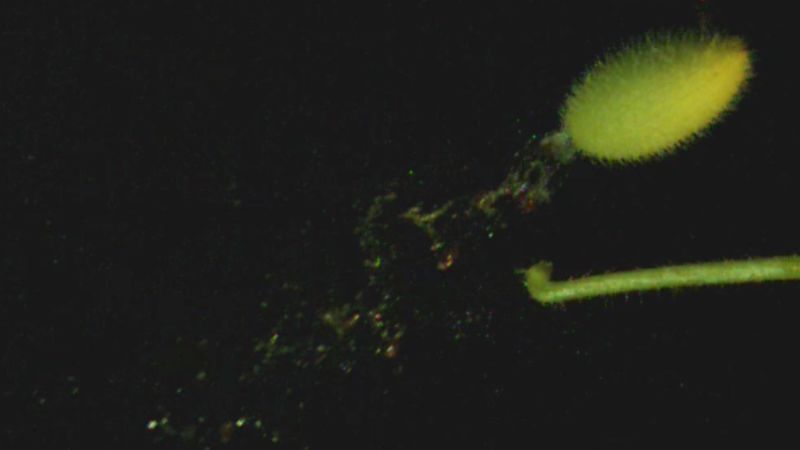The squirting cucumber, scientifically known as *Ecballium elaterium*, is a remarkable plant that captivates the curiosity of naturalists and scientists alike with its explosive reproductive strategy. This peculiar gourd—found across the Mediterranean and parts of Europe, northern Africa, Australia, Asia, and North America—has been subject to study since the Roman Empire. The species is notable for its ability to eject seeds over impressive distances, reaching up to 33 feet (10 meters) at speeds near 45 miles per hour (20 meters per second). As ripe fruit drops from its stem, a quick eruption sends seeds and a sticky liquid flying, creating a biological spectacle that lasts only about 30 milliseconds.
The significance of the squirting cucumber extends beyond its compelling mechanics; it is an exceptional representative of the gourd family (*Cucurbitaceae*), which includes familiar relatives such as zucchini, squash, and pumpkins. However, the squirting cucumber stands out due to its unique method of seed dispersal, which has garnered scientific intrigue. Historical references to the plant can be traced back to the ancient Roman naturalist Pliny the Elder, who warned of the dangers posed by the plant’s high-pressure seed spurt.
In recent research, scientists have endeavored to unravel the complexities of the squirting cucumber’s explosive mechanism. By employing high-speed video technology, CT scans, and mathematical modeling, they were able to investigate the intricate processes involved in the cucumber’s seed ejection. This study was crucial not only in elucidating the squirting process, which transcends simple fluid buildup, but also in detailing how various physical changes within the plant contribute to successful seed dispersal.
According to Dr. Angela Hay, a research group leader at the Max Planck Institute for Plant Breeding Research in Cologne, Germany, the findings reveal that optimal seed dispersal is not just about creating maximum internal pressure. Instead, various preparatory changes in the cucumber and its stem contribute significantly to the dynamics of the eruption. The study published in the *Proceedings of the National Academy of Sciences* emphasizes a balance between pressure from fluid buildup and other critical adjustments that set the stage for the explosive release of seeds.
The collaboration between Dr. Derek Moulton from the University of Oxford and senior author Dr. Chris Thorogood of the Oxford Botanic Garden and Arboretum highlighted the interconnectedness of mathematics and biology in understanding these complex phenomena. By documenting the plant’s behavior, they discovered that days before a seed launch, the cucumber undergoes several transformations. As fluid accumulates, it thickens the stem, which not only enables the fruit to achieve a better angle for dispersal but also facilitates a spinning motion upon detachment that helps spread seeds over a wider area.
Moulton elucidates the importance of this intricate orchestration in successful seed dispersal, explaining that an effective strategy goes beyond merely projecting seeds far; it also involves their distribution to increase survival chances. Thus, researchers have argued for a greater appreciation of outlier species like the squirting cucumber, as they often exhibit unique traits not found in well-studied model organisms.
Though plants may not typically conjure images of rapid movements or explosive ejection mechanisms, the squirting cucumber serves as a stark reminder of nature’s diversity and ingenuity. The collective research effort amply demonstrates that even the most unassuming plants can possess extraordinary attributes, inviting a reevaluation of how plants demonstrate fascinating behaviors that deserve attention and further exploration.
As highlighted by Moulton, the emergence of such astounding mechanisms from a simple cucumber might surprise many who rarely associate these vegetables with rapid action. Thus, the research has opened the door to a deeper understanding of plant mechanics, setting the stage for future inquiries into the diversity of plant behaviors and adaptations. Mindy Weisberger, who authored this insightful exploration of the squirting cucumber, notes that ongoing studies in plant physiology continue to uncover astonishing phenomena that challenge conventional understanding of plant life.



